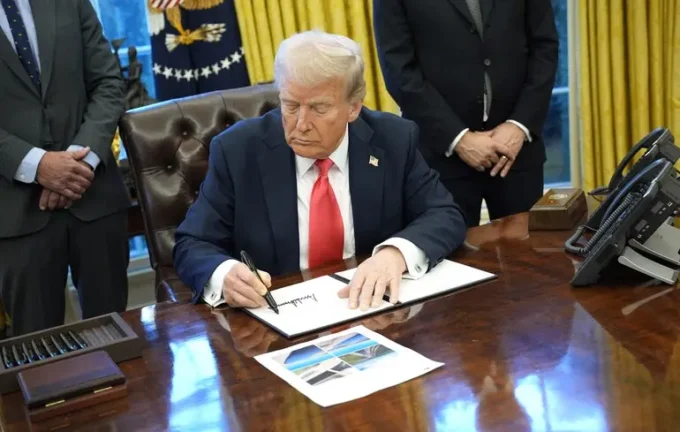Donald Trump Announces New Tariff Measures and Changes US Trade Policy: What You Need to Know

At a critical juncture for the global economy, U.S.
President Donald Trump officially revealed significant shifts in the country's trade policy by signing a decree that introduces new tariff rates for dozens of countries worldwide.
These measures aim to redirect America's foreign economic strategy and will cause substantial changes in the global trade landscape.
According to the decree, these new tariffs will come into effect starting August 7, providing time for international partners to prepare and adapt.
Trump signed this document ahead of schedule to avoid the tariff hikes initially scheduled for early August.
The changes affect a broad spectrum of nations, with tariffs ranging from 41% on Syrian goods to a baseline 10% on all imported products into the United States.
The decree specifies that some countries demonstrate genuine commitment to long-term trade and security cooperation, while others offer unequal conditions or fail to address imbalances in trade relations.
This move is likely to provoke dissatisfaction among the United States' major trading partners.
The decree also provides mechanisms for reducing or eliminating tariffs for countries that reach certain agreements with the U.S.
For example, Indonesia and Thailand agreed to 19% tariffs, South Korea and Japan–about 15%, and the United Kingdom — 10%.
Several nations, such as Laos, Switzerland, Iraq, South Africa, India, Algeria, Nicaragua, face elevated tariffs, ranging from 18% to 40%.
Meanwhile, most small and emerging economies will see minimal tariffs of 10%.
Particularly notable is the situation with China, since the tariff truce expires on August 12.
It is likely to be extended, as recent negotiations between the U.S.
and China have been positive, though final decisions are still pending.
Trump also signed a separate order increasing tariffs on Canadian exports to 35%, which may further strain bilateral relations.
Financial markets are expected to react calmly to these announcements, as much of the uncertainty has already been addressed.
Nonetheless, Trump’s new decree signals that the U.S.
is now actively setting and adjusting tariffs, a move that will impact global supply chains and pricing strategies worldwide.
One of the unresolved issues remains the rules of origin, which will determine which goods qualify for higher tariffs based on their manufacturing origin.
This matter is scheduled to be clarified in the coming weeks.

